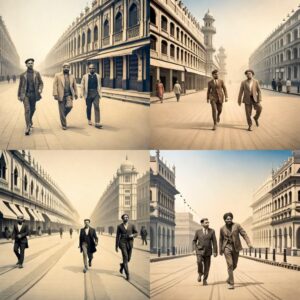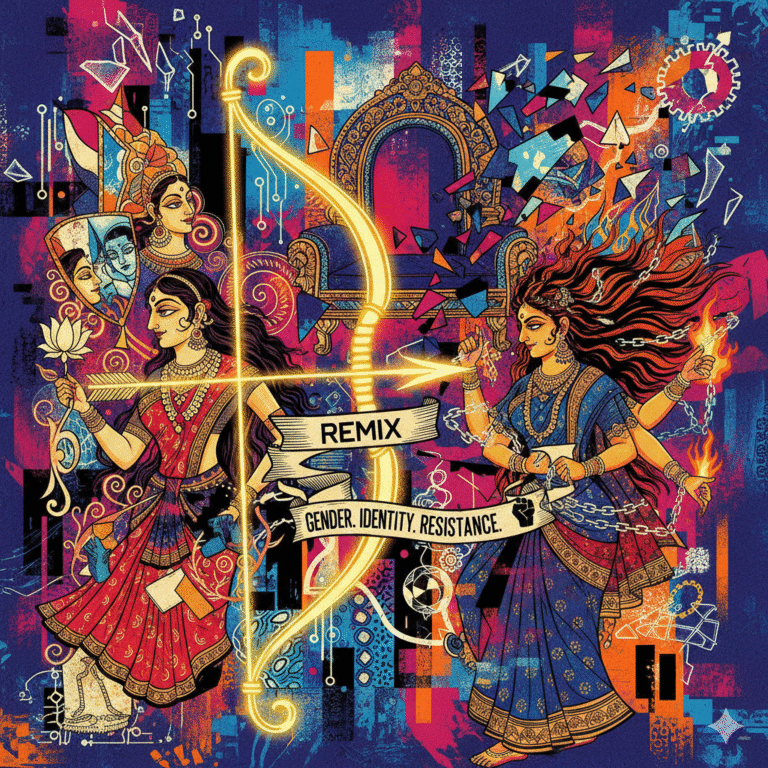by Anushree Ghosh
Kanpur, formerly known as Cawnpore, has a unique history of becoming the centre of revolutionary activities in India. Settled on the banks of the Ganga, geographically Kanpur was in a great strategic position. The first company trooped arrived in the city in the year 1770, at the request of the Nawab of Oudh who was expecting an attack from Marathas. The treaty of Allahabad signed between Robert Clive and Mughal Emperor Shah Alam marked the official beginning of British rule in India. It was also the beginning of Cawnpore becoming a frontier with untrustworthy allies.
By the end of the century, Kanpur was bustling with trading activities, the first traders being the ones who came to supply the army with products of need. Goods like textile, indigo, opium, cotton, leather and agricultural crops became the goods-in-vogue. With a flourishing trade and army camp in the city, it became the centre of focus for the Indians and Europeans alike.
Then came the decades when Kanpur became the centre of revolutionary activities, majorly from 1920 – 42. The city was highly energetic during this period as it hosted a number of nationalists on its premise. Further, the Kanpur Bolshevik Conspiracy Case contributed to establishing Kanpur as the hotspot of nationalists in the country. In the Bolshevik case, revolutionaries were charged with the following accusation:
“to deprive the King Emperor of his sovereignty of British India, by complete separation of India from imperialistic Britain by a violent revolution”
This attracted many revolutionaries and activists to Kanpur, including the members of the Hindustan Socialist Republican Association (HRA).

By the 1930s, Kanpur built a reputation for notorious activities, however, it is worthy to note that the revolutionary activities prevalent in Kanpur complemented the non-violent satyagraha as well. People from all backgrounds joined the movement, they also followed leaders like, Narayan Prasad Arora, Maulana Hasrat Mohani, Jawaharlal Rohatgi, and Ganesh Shankar Vidyarthi who were in direct contact with the nationalist leaders of the country.
It is noteworthy that much before the official yearly celebrations began on 26th January every year, Kanpur celebrated ‘Independence Day’ on 26th January 1930. A huge procession took place, joined by many residents of the city – children, senior citizens, students and women; all joined with a unanimous spirit to free the nation. On the day, Balkrishna Sharma ‘Naveen’ made an announcement on independence, and at 6 am the tricolour flag was hoisted. The citizens took it upon themselves to contribute to highlighting the spirit and many tricolour flags were seen in different parts of the country.
The huge gatherings in Kanpur from the very first ray of hope that indicated independence show the vigour, spirit and energy of the common man – The power of the common who was foreseeing an independent India.
Reference :
Revolutionary History of Interwar India: Violence, Image, Voice and Text










+ There are no comments
Add yours